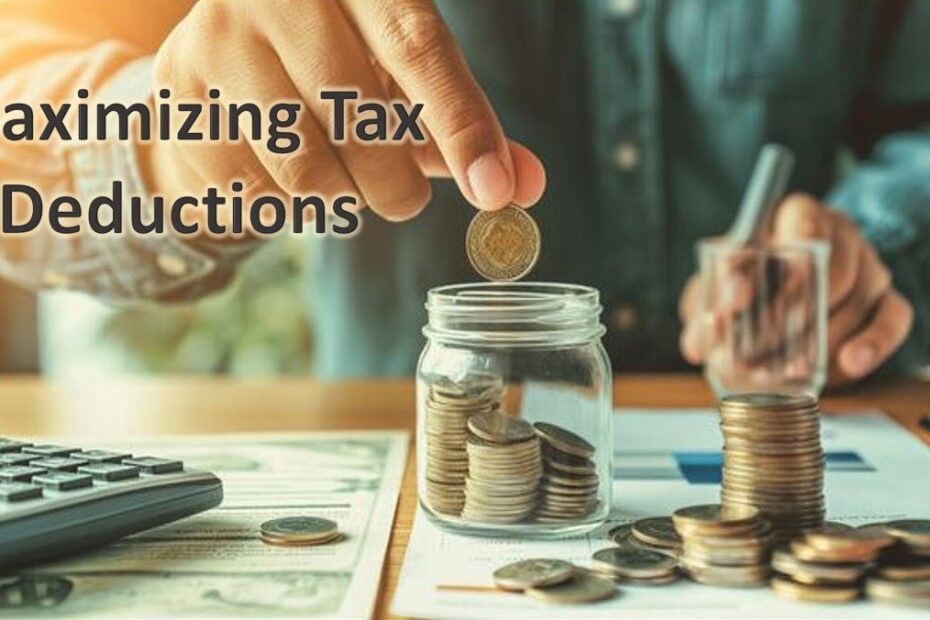Navigating the complexities of tax deductions can be daunting for salaried employees in India. However, understanding and leveraging the available deductions can significantly reduce your tax liability, ensuring more of your hard-earned money stays in your pocket. This guide will walk you through various allowances, exemptions, and deductions that can help you maximize your tax savings.
1. Understanding Allowances
Allowances are a significant part of a salaried employee’s compensation package. They not only enhance the overall salary but also provide tax relief. Here are some common allowances and their tax implications:
- House Rent Allowance (HRA): HRA is a major benefit for employees living in rented accommodations. The tax exemption for HRA is determined by the least of the following:
- HRA received from the employer.
- Actual rent paid minus 10% of the basic salary + dearness allowance (DA).
- 50% of the basic salary + DA for metro cities (Delhi, Mumbai, Kolkata, Chennai) or 40% for non-metro cities. To claim HRA exemption, employees must submit rent receipts to their employer or attach them to their Income Tax Return (ITR).
- Leave Travel Allowance (LTA): LTA provides tax relief on travel expenses incurred within India. The LTA exemption can be claimed for two journeys in a block of four years. Key points include:
- Eligibility: All employees, whether in the public or private sector, can claim LTA.
- Coverage: Travel expenses for yourself, your spouse, children, dependent parents, and siblings are covered.
- Modes of Travel: Eligible modes include economy flights, trains, or buses.
- Exempt Expenses: Only the actual cost of travel tickets is exempt from tax; accommodation and food are not included.
- Children’s Education Allowance: Though employers in India may not specifically provide a “Children’s Education Allowance,” individuals can claim tax exemptions under Section 10 (14) of the Income Tax Act. This includes:
- Children’s Education Allowance (CEA): Exemption of ₹100 per month per child, up to two children, totaling ₹2,400 annually.
- Hostel Expenditure Allowance (HEA): Additional exemption of ₹300 per month per child, up to a maximum of ₹7,200 annually for hostel expenses.
2. Harnessing Income Tax Deductions
Deductions play a crucial role in reducing taxable income. Here are some key deductions available to salaried employees:
- Section 80C: This section allows deductions up to ₹1.5 lakh for investments in specified instruments such as Public Provident Fund (PPF), Employee Provident Fund (EPF), National Savings Certificate (NSC), life insurance premiums, and more.
- Section 80D: Deductions for health insurance premiums paid for self, spouse, children, and parents. The maximum deduction is ₹25,000 for self, spouse, and children, and an additional ₹25,000 for parents (₹50,000 if parents are senior citizens).
- Section 80E: Interest on education loans for higher education is fully deductible under this section. There is no upper limit on the amount of interest that can be claimed.
- Section 80G: Donations to specified charitable institutions and relief funds are eligible for deduction under this section. The deduction can be 50% or 100% of the donation amount, depending on the institution.
- Section 80TTA: Interest earned on savings accounts is deductible up to ₹10,000 per year.
3. New vs. Old Tax Regime
The Indian government introduced a new tax regime with lower tax rates but fewer deductions and exemptions. Taxpayers can choose between the old regime, which allows various deductions and exemptions, and the new regime, which offers lower tax rates but limited deductions. Here’s a comparison:
- Old Tax Regime: Allows deductions under sections like 80C, 80D, 80E, etc. Suitable for those who have significant investments and expenses eligible for deductions.
- New Tax Regime: Offers lower tax rates but does not allow most deductions. Suitable for those with minimal investments and expenses.
4. Additional Tips for Maximizing Tax Savings
- Invest in Tax-Saving Instruments: Utilize instruments like PPF, NSC, ELSS, and tax-saving fixed deposits to maximize deductions under Section 80C.
- Maintain Proper Documentation: Keep all receipts and documents related to your investments, donations, and expenses to claim deductions accurately.
- Plan Your Investments Early: Start planning your investments at the beginning of the financial year to avoid last-minute rush and make informed decisions.
By understanding and effectively utilizing these allowances, deductions, and exemptions, salaried employees in India can significantly reduce their tax liability and maximize their take-home income. Happy tax planning!
